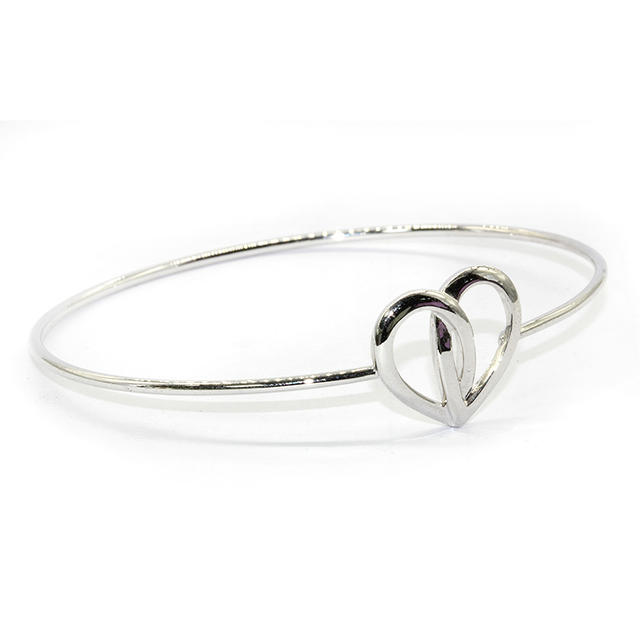News
What are the tools for cleaning jewellery? How do I clean it?
1. Brush.
It is very convenient to have a toothbrush on hand. It is recommended to use detergent to clean jewellery. Fine grain toothpaste can be used for fine grain toothpaste, which is slightly more effective in cleaning, but will cause small scratches to the surface. Not recommended for use on jewellery with plating. Do not touch delicate jewellery such as pearls with a hard brush.
A toothbrush with toothpaste actually works well and can be interpreted as an enhanced version of a soft brush. Different varieties of toothpaste will affect the results. A toothpaste without particles/clear toothpaste can be used to clean most jewellery. Those containing granules will leave some traces of a begonia-like powder on the metal and can damage the surface of some bottom hardness stones and organic gems, but are also good for old silver jewellery or antiques. There is a toothpaste with particularly thick granules that must be used with care; it cleans well but may brush out matte surfaces on metal.
An electric toothbrush and a scrubbing brush are two stable options for cleaning jewellery.
2. Silver polishing cloths.
The silver cloth itself contains small abrasives which are equivalent to re-polishing. More convenient, it can only clean large, lightly oxidised areas and has a weak effect on oxidation that has accumulated over the years.
3. Begonia powder.
Actually a delicate calcium carbonate powder. Fine polishing of the surface to remove oxidation.
4. Silver polishing paste.
Due to the paste, it is difficult to clean the details. However, it can be used to polish antiques, etc. and retain a moderate amount of antiquity. Not valid for non-silver items.
WeChat screenshot_20211016145149
5. Silver wash.
Reduces silver oxidation by chemical reaction. I usually use Conoiseurs. the silver wash cleans the details very well and the chain can be very clean with basically no dead spots. The coating is undamaged and cleans well. Some gold-plated silver jewellery can develop brownish-blue patches over time and silver wash works best. However, the reaction between the silver wash and the old sulphur will cause the whole old part to turn yellow and is very difficult to wash off, so do not touch the old silver jewellery. Silver wash can also damage the surface of pearls, etc. Organic stones should not be touched. If you must use it, dip a fine brush into a small area with drops, without touching the pearls, and then rinse immediately.
Silver wash reacts differently to different proportions of silver, and some silver jewellery will appear slightly yellow on the surface after washing and leaving it for a while. Wipe with a silver cloth or begonia powder can be.
6. Polishing strips.
In fact, it is a polishing strip for manicure, the details can not be handled, but also have an effect on the surface of the fine scratches and so on. Long-term oxidation effect is also good, can be used with ultrasonic cleaning machine.
7. Home ultrasonic.
Used for jewellery cleaning ultrasonic is the kind of washing glasses, very convenient. Ultrasonic effect is very good, can be used with detergent, good stability of the jewellery can be used with glass water. Fashion jewellery, many using imitation pearls with a more metallic coating, is not recommended to use ultrasound, which may cause damaging consequences. The bead layer on the surface of the imitation pearl will flake off as a whole. For gemstones, ultrasonic waves may cause breakage for varieties with more cracks. Coral should not be used. Old silver jewellery should not be shocked with new silver jewellery, it will become dirty.

Categories
Contact Us
Dongguan Yucheng jewelry Co Ltd
Contact Person: Ninda
Telephone: +86 13549299570
Landline: +86 13686085798
Company Address: No.19,Lane3,xin`an,shangzhongRoda,chang`anTown,Dongguan City,Guangdongprovince
Website: dgycspyxgs.us764.com


